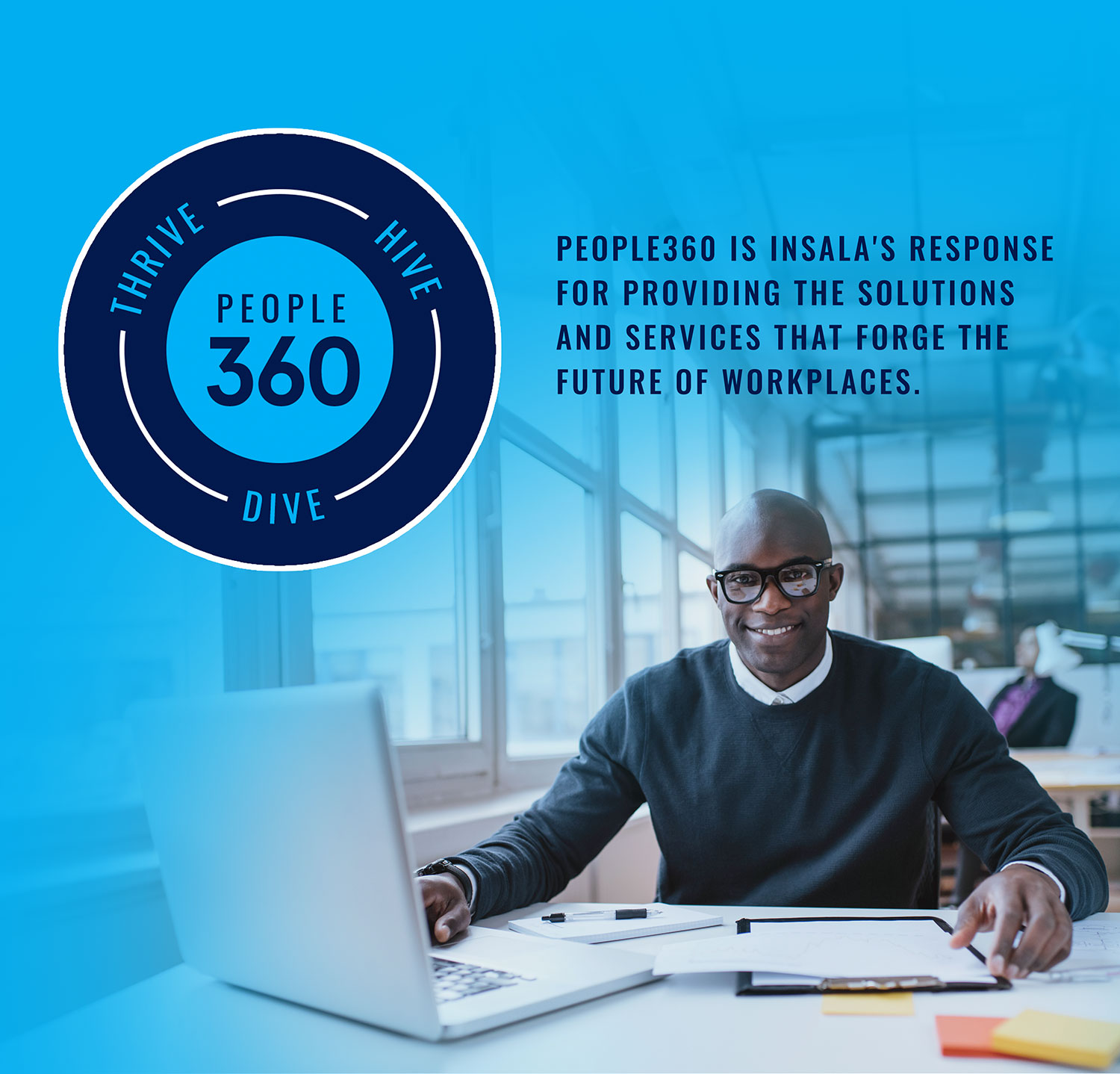How To Find The Right Mentor For You
How To Find The Right Mentor For You Having the guidance and ...
Read more
You’ve crunched the numbers and analyzed the data. More employees are leaving your organization now compared to prior years. You have an engagement and retention strategy in place, but why are workers leaving and what can you do about it?
This is not a new issue, but it’s a growing issue for many organizations. Low employee engagement and retention costs billions each year.
Not all turnover is bad. Disengaged employees usually don’t have a positive outlook and aren’t helping their teams nor the organization. But they didn’t always feel that way.
Employee engagement is the level of commitment and employee has to their organization and its goals. It takes more than receiving a paycheck for employees to develop a strong level of commitment to their organization. SHRM has identified organizational and management drivers of engagement. Some of these include:
These concepts should be considered when developing and engagement plan or reassessing an existing one.
While reasons employees leave are sometimes out of the organization’s hands, it’s widely understood the influence employee engagement has on employee retention. Organizations have control over many aspects that drive engagement and their engagement plan shows the level of commitment to making the organization a great place to work.
Engagement strategies are strongly tied to the organization’s values and culture. Therefore, effective engagement programs should be actioned from the very beginning of an employee’s experience to have an impact.
Mentoring, an effective element of many employee engagement plans, is the creation of a relationship where the need for knowledge sharing is recognized. Mentorship supports multiple drivers of engagement mentioned above and positively impacts employee engagement and retention.
The Insala team is dedicated to enabling organizations to support and engage employees throughout the employee lifecycle. We apply our decades of mentoring experience to help you develop, engage, and retain your talent. Book a demo today to learn how to implement a mentoring program or take your program to the next level with software.
Judy is the Director of Consulting at People360®. She has over 38 years of experience providing customized human resources consulting services to medium to large organizations across a variety of industries. In the area of mentoring, Judy has designed and delivered workshops, training, and a complete mentoring methodology. Judy’s mentoring process is the foundation of People360® the mentoring solution we know today. Her thought leadership articles have been published in journals such as The Diversity Journal and Industrial and Commercial Training and she has spoken at many conferences throughout her career.

How To Find The Right Mentor For You Having the guidance and ...
Read more
How To Establish A Successful Corporate Mentoring Program
Read more
How Mentoring Is Helping Solve The Labor Shortage The labor shortage has become a pressing issue for businesses across industries, with ...
Read more
Now Is The Time To Start Your Mentoring Program In today's ...
Read more
7 Tips To Improve Your Corporate Mentoring Program Corporate ...
Read more

People360 is a pioneer and industry leader recognized by Global 1000 and Fortune 500 companies and associations internationally, for 28+ years as a leader in Career Management, Mentoring, Coaching, Career Transition, Alumni Software solutions and People Analytics.
© 2025 People360. All rights reserved. Privacy Policy